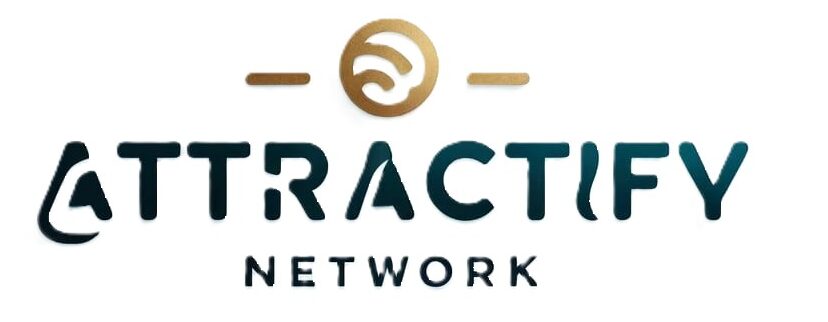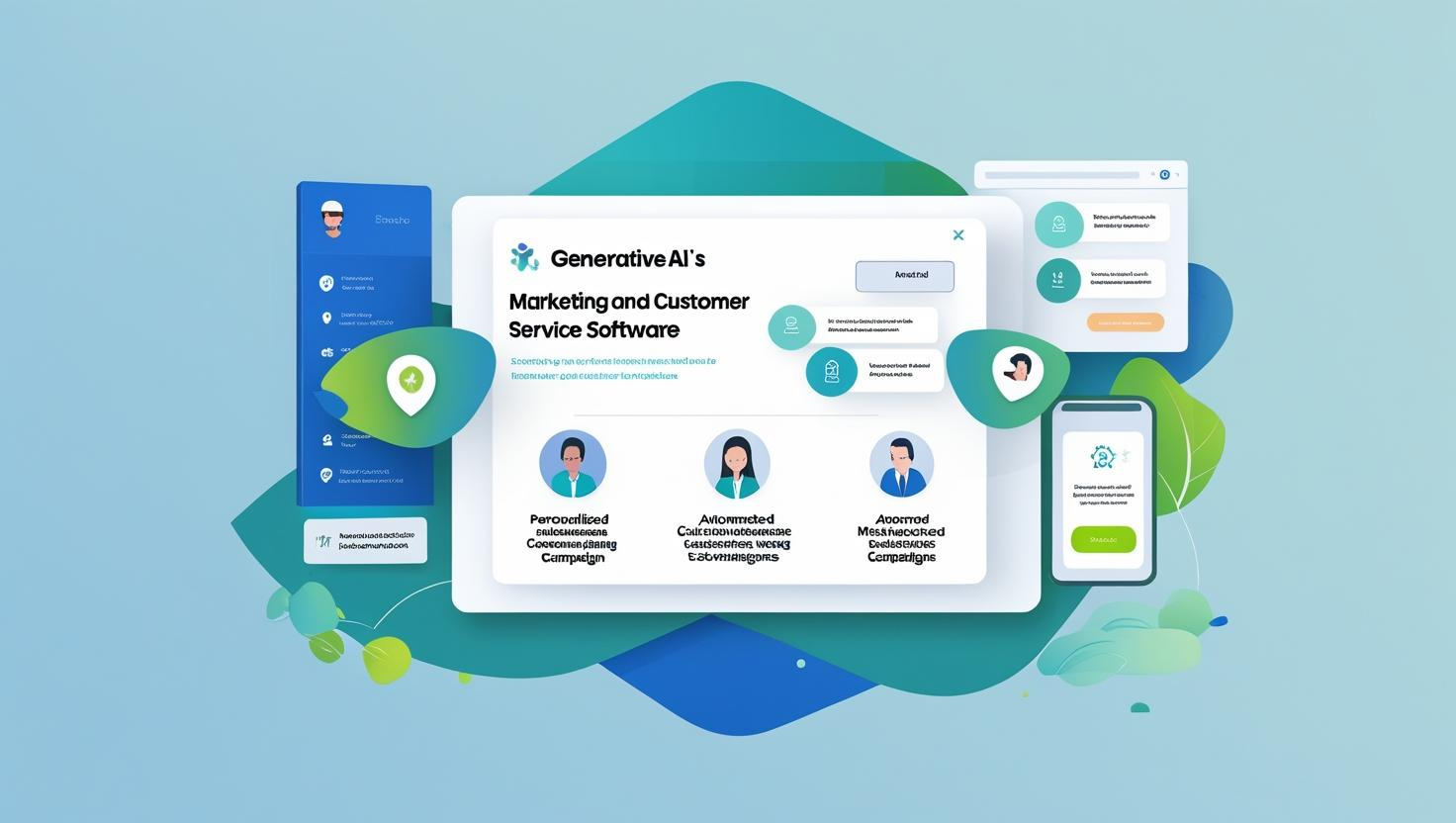Generative AI has evolved from a novelty to a necessity. In 2025, businesses across sectors are leveraging tools like ChatGPT, DeepSeek, and Claude to unlock new efficiencies, automate workflows, and deliver unprecedented value to users. These large language models (LLMs) are no longer confined to simple Q&A—they now write code, generate marketing campaigns, and manage complex customer support tasks.
Within the first 100 words, we can see that generative AI is disrupting traditional workflows, enhancing creativity, and enabling scale in ways previously thought impossible.
What Is Generative AI?
Generative AI refers to machine learning models that can create content—text, images, code, music, and more. Unlike traditional AI, which classifies or predicts based on existing data, generative models produce entirely new data resembling human-created output.
Key Technologies:
- ChatGPT (OpenAI): Known for its conversational prowess and coding assistance.
- Claude (Anthropic): Emphasizes safety, context-awareness, and long-form writing.
- DeepSeek: Popular for open-source multilingual capabilities, especially in Asian markets.
1. Marketing: From Content Creation to Conversion Optimization
Generative AI has revolutionized marketing by reducing the time, cost, and skill needed to create compelling content.
How AI is Used in Marketing:
- Content Generation: AI tools like ChatGPT create blog posts, ad copy, email campaigns, and even entire SEO strategies in minutes.
- SEO Optimization: Tools analyze competitor keywords and optimize on-page content using natural language processing.
- Customer Segmentation & Personalization: AI identifies audience clusters and crafts personalized content at scale.
Statistic: According to Gartner, by the end of 2025, 80% of marketing executives will use generative AI for content-related tasks.
Examples:
- HubSpot integrates GPT models to write customer email campaigns with >20% higher open rates.
- Jasper.ai reports clients saving over 60% of their content production time using AI.
2. Customer Service: Smarter, Faster, More Human
Customer expectations for support are higher than ever—and AI is stepping up to meet them.
How Generative AI Improves Customer Experience:
- AI Chatbots: Tools like Claude and ChatGPT offer 24/7 intelligent support with natural language understanding.
- Automated Ticketing: DeepSeek automates the classification and resolution of tier-1 tickets in multiple languages.
- Sentiment Analysis: LLMs detect tone and urgency, routing critical issues faster.
Case Study:
Zendesk’s AI-assisted chat platform powered by LLMs reduced average response times by 43% and improved customer satisfaction scores by 18%.
Benefits:
- Reduced workload on human agents
- Consistent support experience
- Multilingual service without additional staffing
Internal Linking Suggestion:
3. Software Development: The AI Coding Co-Pilot
Generative AI is not just changing how we write—it’s changing how we code.
Key Use Cases in Software Development:
- Code Completion: ChatGPT and Claude assist developers in writing and debugging code across languages.
- Documentation: AI automatically generates documentation from codebases.
- Test Case Generation: DeepSeek analyzes functions and suggests test cases.
Developer Productivity Stats:
- GitHub’s 2024 Developer Survey found that developers using AI pair-programming tools write code 55% faster.
- Stack Overflow reports a 20% reduction in bug rates when developers use AI to double-check syntax and logic.
Tools in Use:
- GitHub Copilot (powered by OpenAI): Assists in real-time code writing.
- Replit Ghostwriter: An AI that helps novice coders build real applications from scratch.
Why It Matters: Competitive Advantage in the AI Age
Industry Impact Summary:
| Industry | Impact Level | Key Disruption |
|---|---|---|
| Marketing | High | Content creation, SEO, campaign testing |
| Customer Service | High | 24/7 support, multilingual engagement |
| Software Development | Medium-High | Code generation, test automation |
Companies that adopt generative AI tools early enjoy:
- Faster time-to-market
- Lower operational costs
- Improved customer engagement
- Better employee productivity
McKinsey Insight: Generative AI could add up to $4.4 trillion annually to the global economy, especially in marketing, customer service, and software development.
Ethical Concerns and Limitations
While the benefits are immense, there are concerns that organizations must address:
Key Challenges:
- Data Privacy: AI systems must not leak sensitive user or client data.
- Bias in Outputs: LLMs can reflect biases from training data.
- Job Displacement: Automation may replace repetitive roles in content writing or customer support.
Best Practice: Use AI to augment, not replace, human talent. Invest in upskilling teams to manage and oversee AI systems.
Best Practices for Implementing Generative AI in Your Business
To harness the full power of generative AI, follow these implementation steps:
1. Start Small
- Pilot AI in a single department—marketing, customer service, or development.
2. Use Human-AI Collaboration
- Ensure human review of AI-generated outputs to maintain brand voice and accuracy.
3. Choose the Right Tool
- Evaluate tools like Claude for long-form content, ChatGPT for code + communication, and DeepSeek for multilingual needs.
4. Monitor ROI
- Use analytics to track improvements in productivity, cost savings, and customer engagement.
5. Stay Compliant
- Regularly audit for data privacy, copyright compliance, and ethical use.
The Future: Beyond 2025
The generative AI landscape is evolving rapidly. What’s next?
- Multimodal AI: Combining text, audio, video, and image generation.
- Fully autonomous agents: AI that can plan, execute, and optimize entire workflows.
- AI Regulations: Expect tighter legislation around transparency and responsible AI use.
Businesses that remain agile and invest in responsible AI use will outpace competitors and lead innovation in their sectors.
FAQ: Frequently Asked Questions
What is the difference between ChatGPT, Claude, and DeepSeek?
- ChatGPT: Focuses on general-purpose communication and coding.
- Claude: Known for safety, long-context memory, and ethical boundaries.
- DeepSeek: Multilingual capabilities and open-source support.
Can generative AI replace human marketers and developers?
No. Generative AI enhances human capabilities but still lacks judgment, creativity, and brand intuition. It’s best used as a co-creator, not a full replacement.
How secure is it to use generative AI tools for customer service?
It depends on the provider and implementation. Use enterprise-grade solutions with clear data handling policies. Always audit AI-generated responses.
What are some examples of generative AI in real-world companies?
- Amazon uses LLMs for personalized shopping recommendations.
- Coca-Cola launched a generative AI campaign using GPT-based tools.
- Shopify offers AI-powered product descriptions for e-commerce sellers.
How can businesses start using generative AI?
Begin with content creation or customer service, choose a reliable AI vendor, involve your legal/IT teams, and measure impact consistently.
Embrace the Disruption, Responsibly
Generative AI is not just another tech trend—it’s a foundational shift. As ChatGPT, Claude, and DeepSeek continue to improve, their influence across marketing, customer service, and software development will deepen. Leaders who strategically adopt and ethically manage AI today will shape the business landscape of tomorrow.
Ready to Future-Proof Your Business?
If you haven’t started integrating generative AI into your workflows, now is the time. Whether you’re a marketer, developer, or customer experience manager—AI is your new competitive edge.
📌 Want help choosing the right AI tools for your business? Contact us for a free consultation or explore our AI integration guides.

